Approaching November, Siam Square in downtown Bangkok was already adorned with Halloween decorations. Inside the newly opened MINISO LAND, a Thai girl excitedly took a selfie with her friend while holding the "Boxing Dundun Chicken."
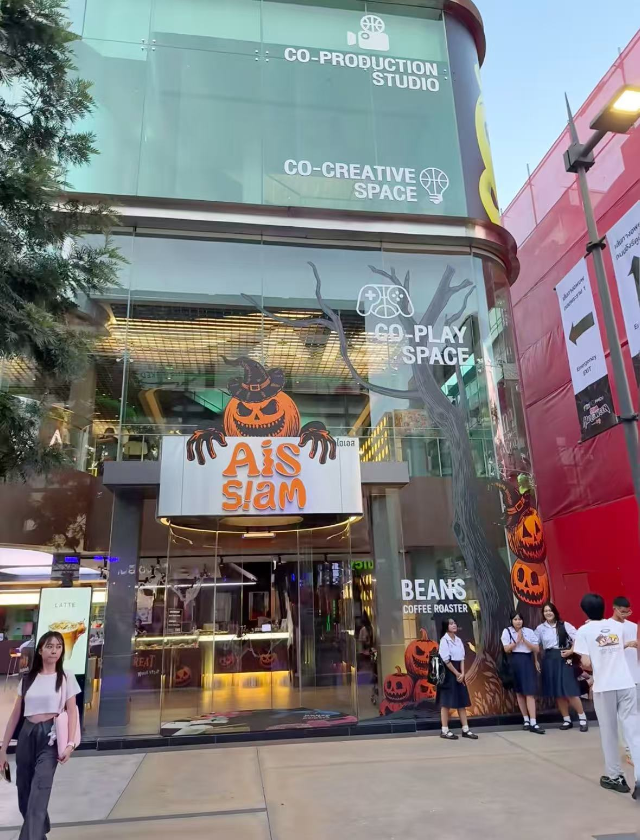
This year marks the 50th anniversary of China-Thailand diplomatic relations. MINISO has partnered with the Tourism Authority of Thailand to launch this IP, which blends the brand's "Dundun Chicken" with Muay Thai elements. The name "Dun" is a homophone for the Thai word for "fist," reinforcing its local relevance. Nearby, POP MART's Siam Square store was crowded with young shoppers.
Alongside LABUBU, the "Crybaby" series—originating from a Thai designer's doodles during unemployment—has become particularly popular, resonating deeply with local youth through its themes of vulnerability and healing. These examples illustrate how localization has become the key strategy for Chinese trendy toys expanding into Southeast Asia: integrating local culture to build emotional connections.
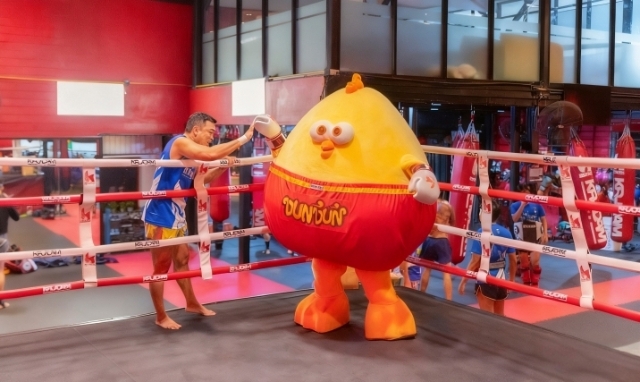
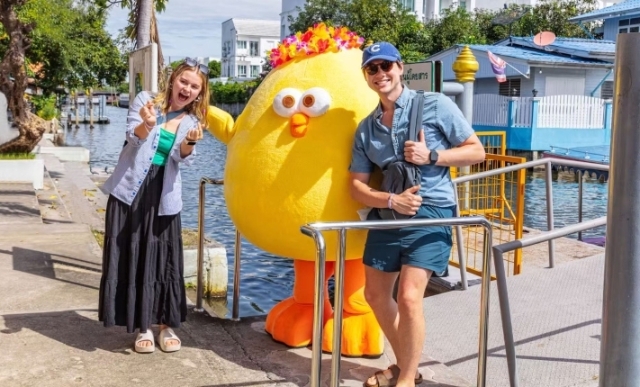
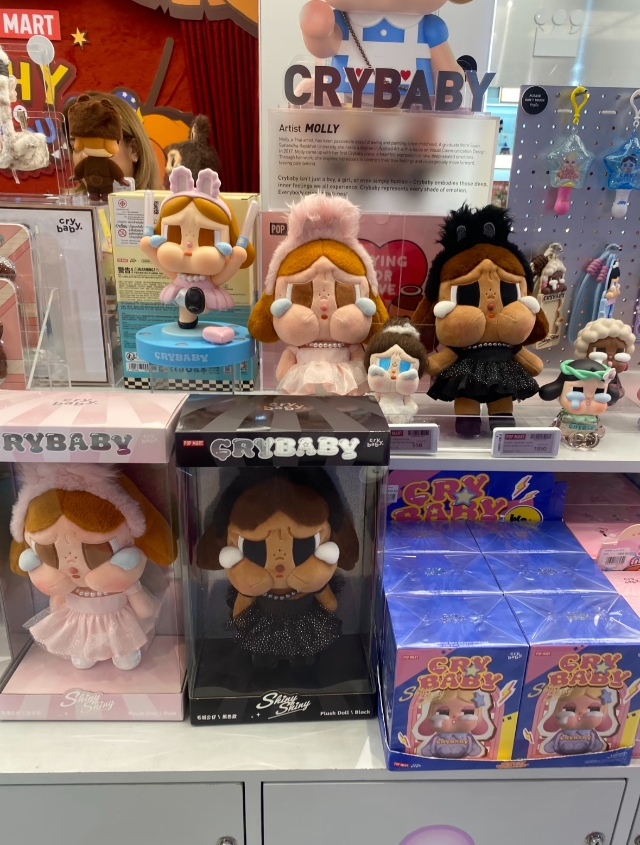
Customs data shows that in the first three quarters of 2025, China exported over 50 billion yuan worth of toys worldwide. Dongguan, a hub for trendy toys, saw toy exports grow 6.3% year-on-year in the first half. During Lazada's 11.11 Sale in 2025, POP MART topped search rankings, indicating that blind box culture has entered the mainstream. Thailand's character industry recorded 72.32 billion Thai baht in output value in 2024, with derivative sales surging 506%. Senior toy designer He Bin, after visiting Bangkok's Mega Plaza, noted how the wave of Chinese trendy toys is driving upgrades in Thailand's consumer market.
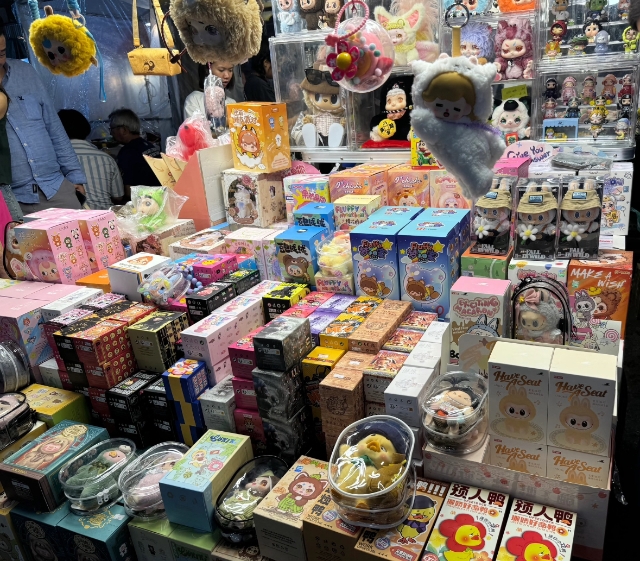
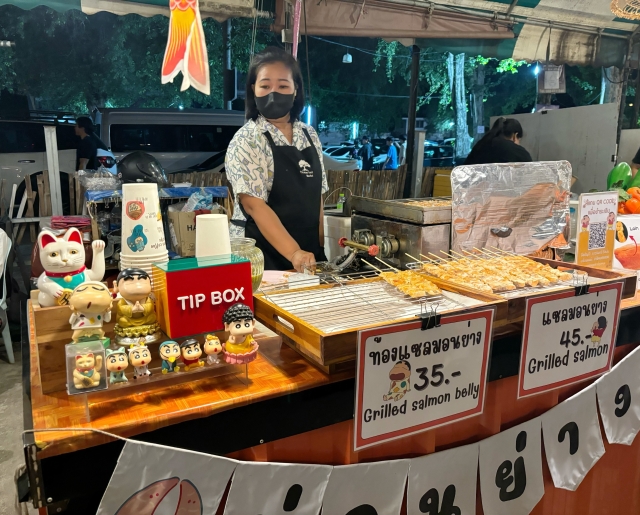
Author | He Fengyu
Photo | Nanfang Plus
Editor | Wei Shen, James Campion, Shen He
















